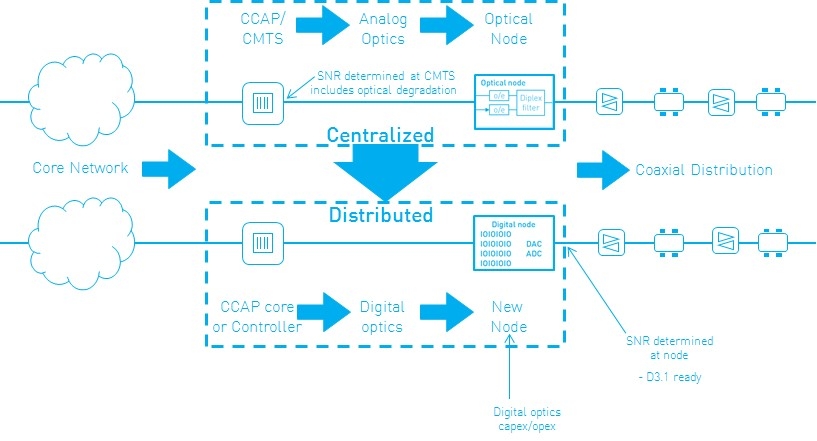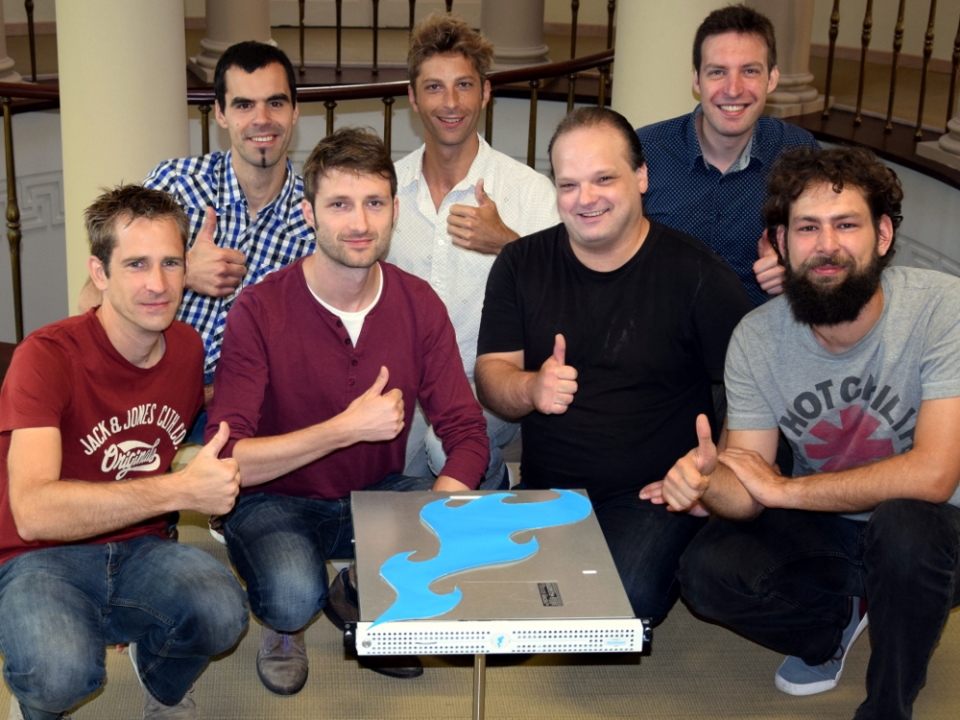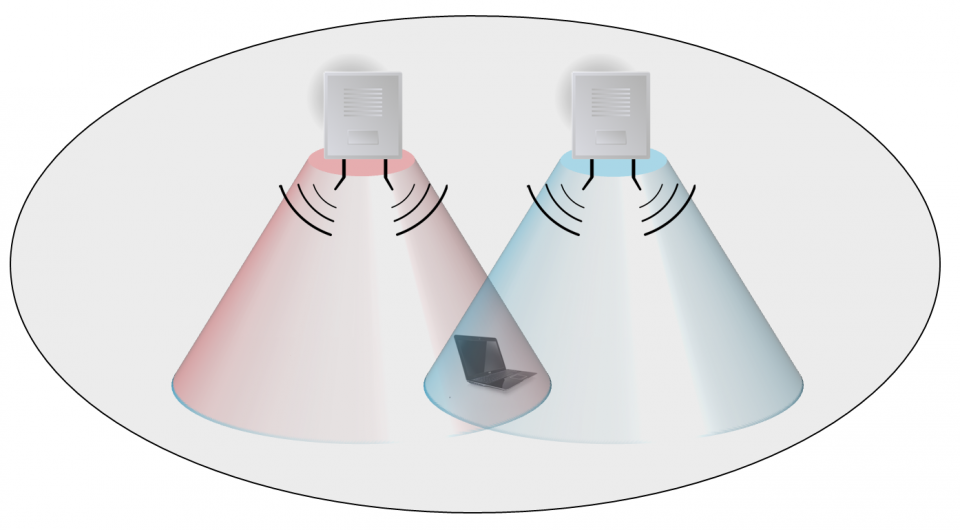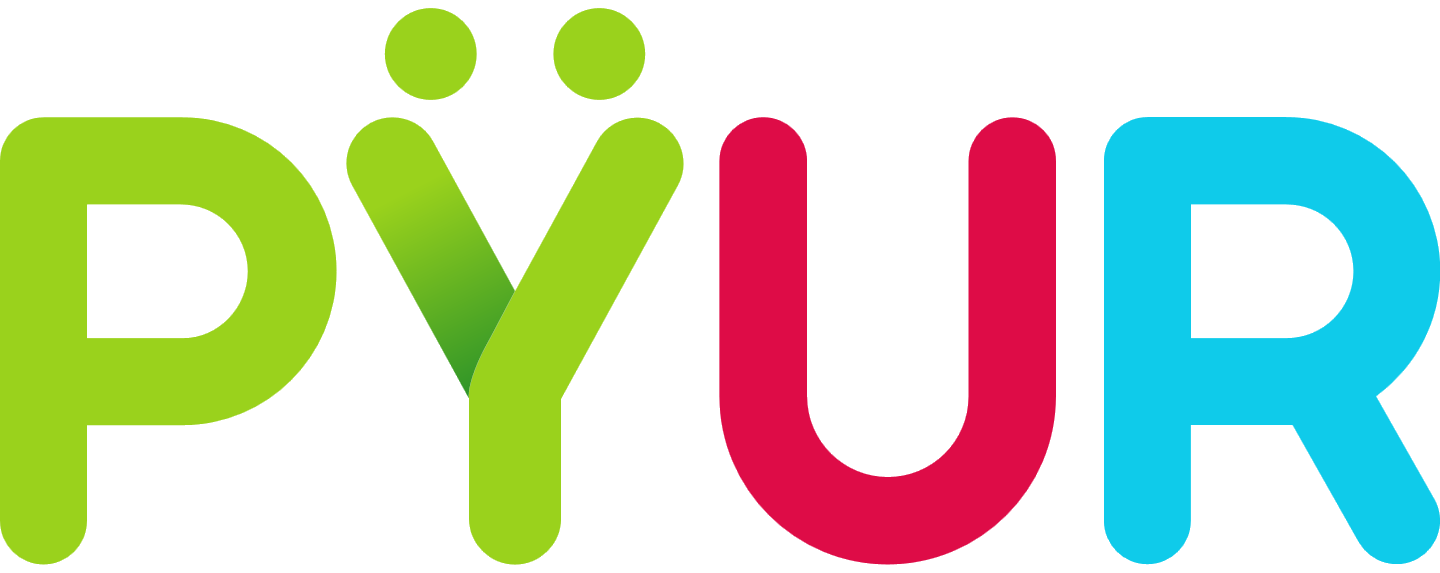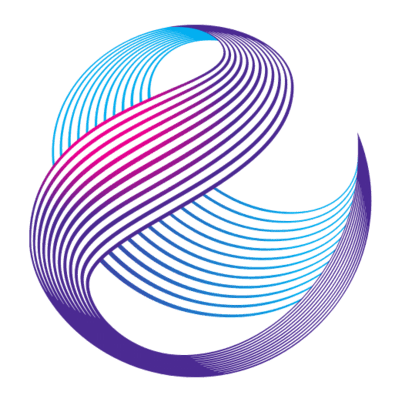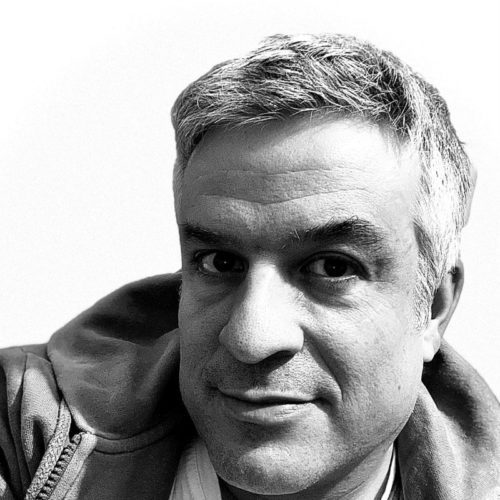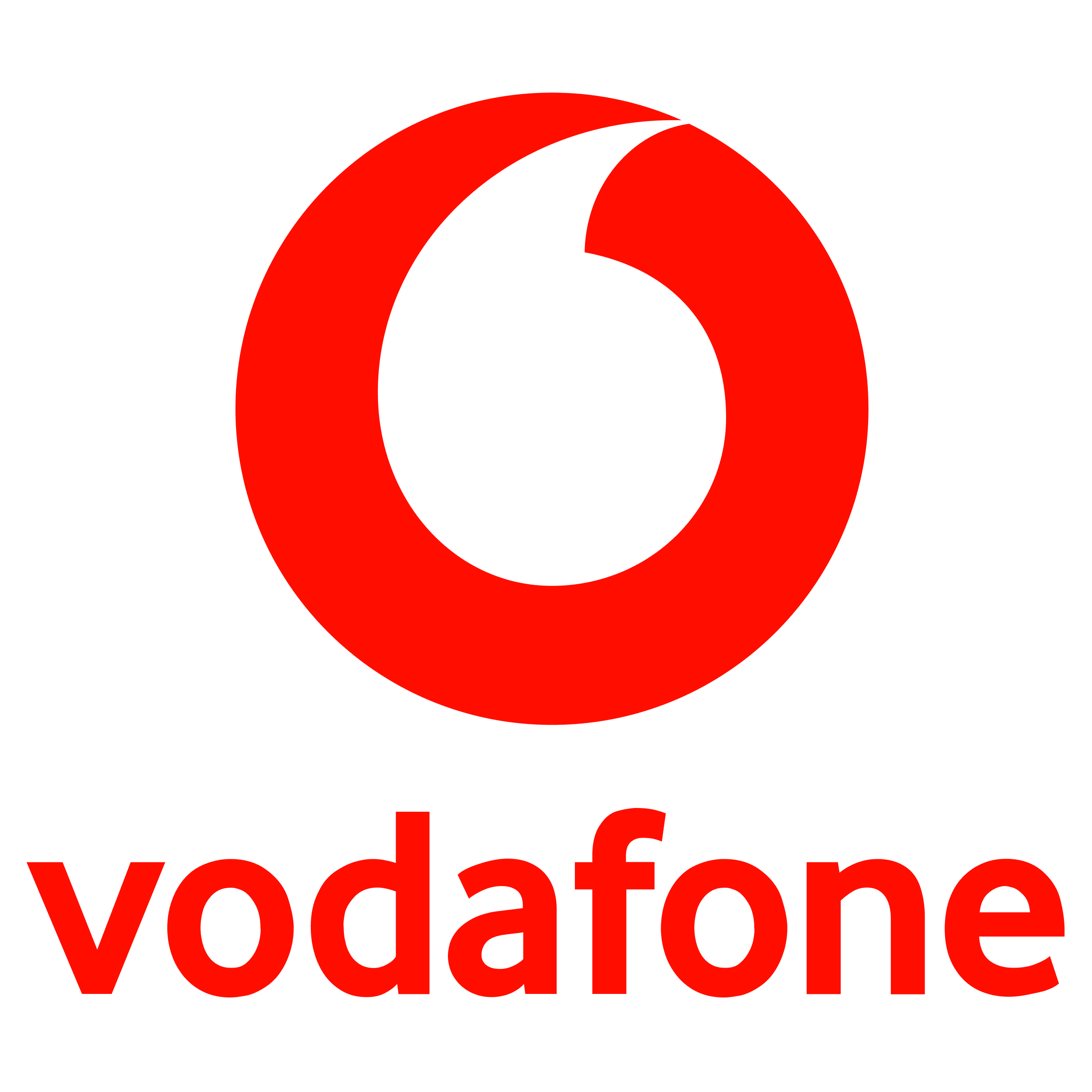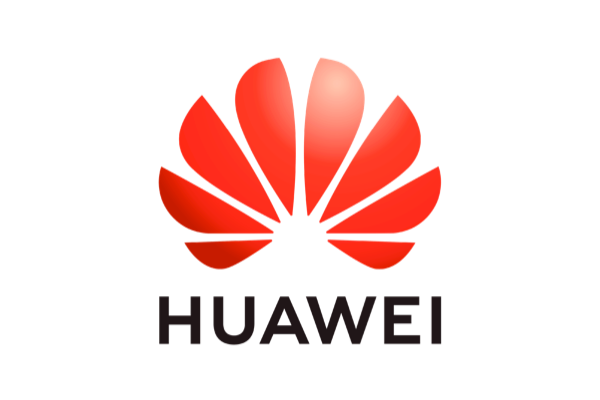The Remote PHY architecture helps cable operators meet the soaring demand for bandwidth and IP video while making networks less complex. Here’s how.
In today’s always connected digital world, we’re using huge amounts of bandwidth compared to what people used ten years ago – and with the upsurge of Ultra HD, 5G and IoT, demand is sure to soar in the future. Cable operators will need to transform their networks to enable them to carry more traffic and run more efficiently. How can a distributed access architecture (DAA) like Remote PHY (R-PHY) help?
As opposed to the stupefying technology advances that have taken place over the past few years, cable network architecture has remained fairly unchanged for quite a while now. Cable operators still rely on a centralized architecture in which all Cable Modem Termination System (CMTS) devices and all data and video processing functionalities are performed with equipment that is concentrated in the headend. As traffic grows, however, operators have to feed more bandwidth to the optical nodes that connect to the cable modem at the customer’s site.
From centralized to distributed architecture
With headends getting more and more congested with equipment, cable providers are now searching for ways to spread the load across their access networks. Enter the distributed access architecture (DAA) that is now sweeping the industry. DAA enables operators to distribute the equipment between the headend and a point in the network, thus freeing up space in the headend.
The architecture keeps the cable data and video signals in digital format as long as possible, extending the digital signals beyond the headend deep into the network before converting them to RF. It does so by replacing the analog links between the headend and the access network with a digital fiber (Ethernet/PON) connection.
Are distributed architectures the way forward?
A growing number of operators are currently testing the benefits of the Remote PHY (R-PHY) distributed access architecture. What makes R-PHY so attractive is its simple architecture: R-PHY removes the physical layer (PHY) of a traditional cable headend CMTS or CCAP and pushes it to the network’s fiber nodes, in a separate access point that is interconnected with an IP network. While the core performs the higher layer processing, the R-PHY device converts the data sent by the core from digital to analog format (downstream) to be transmitted on radio frequency or linear optics and converts the data sent by the RF or linear optics from analog to digital format (upstream), to be transmitted in the core.
7 reasons to go for a distributed architecture
By shifting your traditional headend equipment to the network node, you can:
- Boost the capacity of your networks.
- Enhance the performance of your networks: RF signals don’t have to travel as far to reach a cable customer and the switch to digital optics produces signals with a higher signal-to-noise ratio.
- Improve the reliability of the optical link between the headend and network, as digital optical links are more durable and require less maintenance.
- Cut power consumption and costs in the headend (cooling).
- Reduce complexity in the headend.
- Enjoy the benefits of more virtualization: R-PHY allows you to start virtualizing certain headends and network functions and place them in the cloud – to significantly cut operational costs (i.e. by using off-the-shelf computers, COTS equipment).
- Make your existing networks futureproof while keeping your existing coaxial infrastructure.
Test the R-PHY interoperability of your equipment
In May, Excentis hosted an Interop event, where 17 leading network equipment vendors met to test the R-PHY interoperability of their DOCSIS 3.1 equipment. We can help you test the R-PHY interoperability of your equipment too. In addition, our wide offering of training courses includes a new course on Distributed CCAP Architectures.
Register for our Distributed CCAP Architectures training course – we’ll get you up to speed in half a day!
For more details on Remote PHY architecture
check out the CableLabs® Technical Report.
Don’t hesitate to get in touch for more information.
